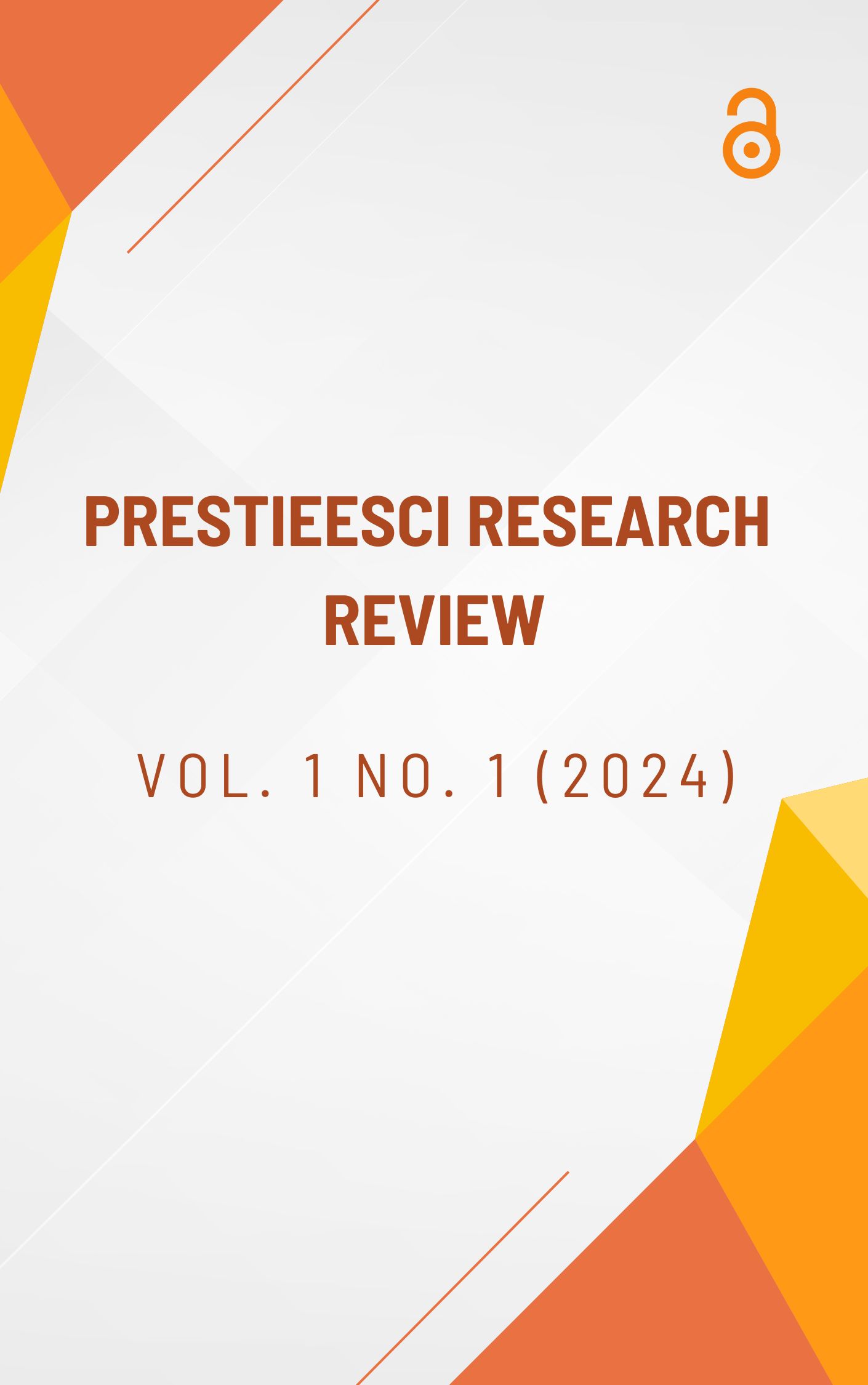INNOVATIONS IN SUSTAINABLE CONSTRUCTION: INVESTIGATING THE PROPERTIES AND APPLICATION OF HIGH-PERFORMANCE AND LIGHT-WEIGHT CONCRETE
Abstract
In our synthesis of Innovations around Sustainable Construction, which offers Studying the Fundamentals in addition to Application concerning High-Performance and Lightweight Concrete, we propose employing citation-context in conjunction with the paper's content model. Citations may have been used before to create scientific summaries, but since they exclude crucial context, they are unable to accurately capture the content of the cited publication. Although the dataset we use for evaluation originates from the construction industry, most of our approaches are general and can therefore be used to other areas. The innovations in sustainable construction industries is now at an important turning point, as it must both contribute to global growth while also reducing its negative effects on the ecosystem. At this crossroads, the building sector must decide how to best assist global growth while simultaneously reducing its negative effects on the environment. A possible answer to this problem is the use of high-performance, lightweight concrete, which improves the sustainability of building practices while drastically lowering the carbon impact. There is an immediate need for ecologically sound alternatives to conventional building practices, and this study investigates those implications. It emphasizes the benefits of high-performance plus lightweight concrete, such as its greater adaptability, less carbon emissions, better thermal insulation, and lighter weight. These cutting-edge materials have the ability to propel sustainable building, as shown by their use in famous projects like the 3D-printed concrete bridge in Amsterdam and the Bosco Vertical in Milan. Investment within research, regulatory backing, education, and stakeholder engagement are some of the measures outlined in the study's conclusion that the construction sector must do in order to completely adopt this technology. This research will provide a balance between development with environmental stewardship. The environmental impact of conventional building methods is substantial. One of the leading causes of global warming is the manufacture of concrete, an essential building material. Construction projects also have the potential to disturb ecosystems due to the garbage they produce. Sand, gravel, and lumber are raw materials that the sector uses extensively, which depletes these resources. To guarantee the continued availability about these resources in the future, sustainable practices are crucial. More and more people throughout the world are settling into cities, which is boosting the need for new. Currently as much as ever, the building industry must find a way to boost global expansion while simultaneously lowering its environmental impact. A game-changer in the fight for eco-friendly building practices is high-performance, lightweight concrete. There will be much less of an effect on the environment by building using this material since it increases durability, decreases carbon emissions, and has many other uses. Adopting such advances will be critical for the industry's transition to an environmentally friendly future, as it strives to balance development with environmental responsibility. Sustainable expansion in the building business is possible with the help of education, cooperation, regulatory backing, and research.




